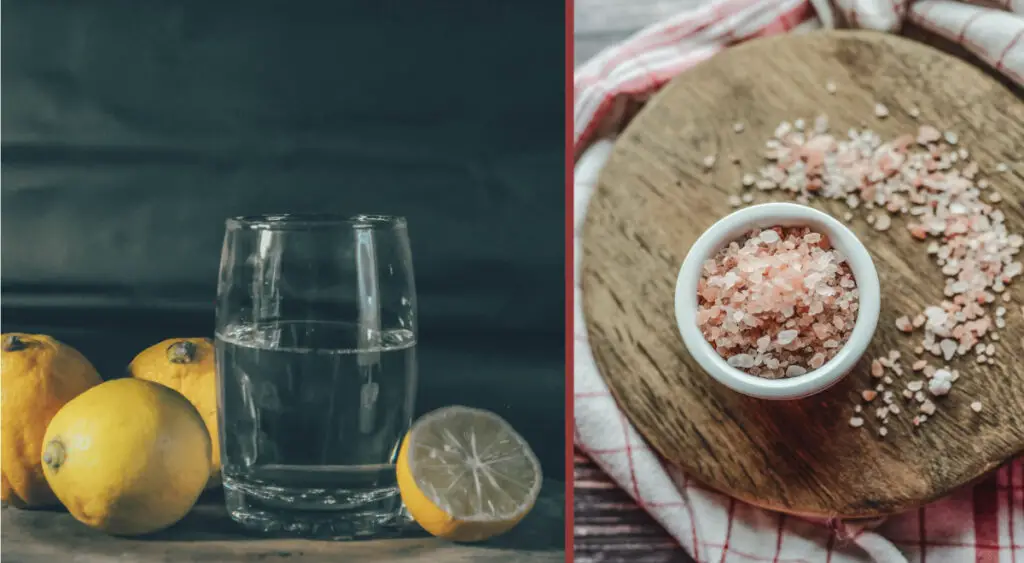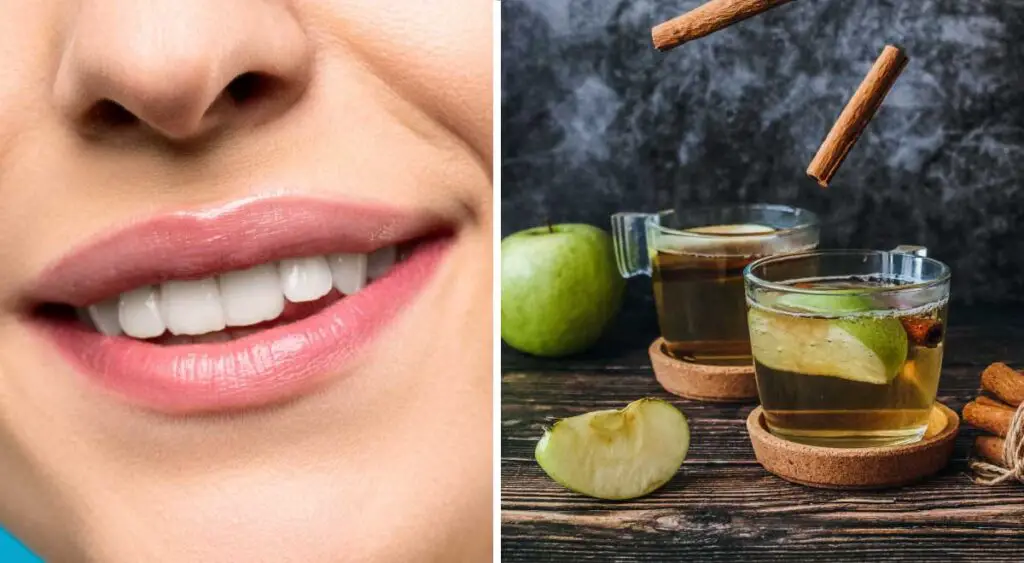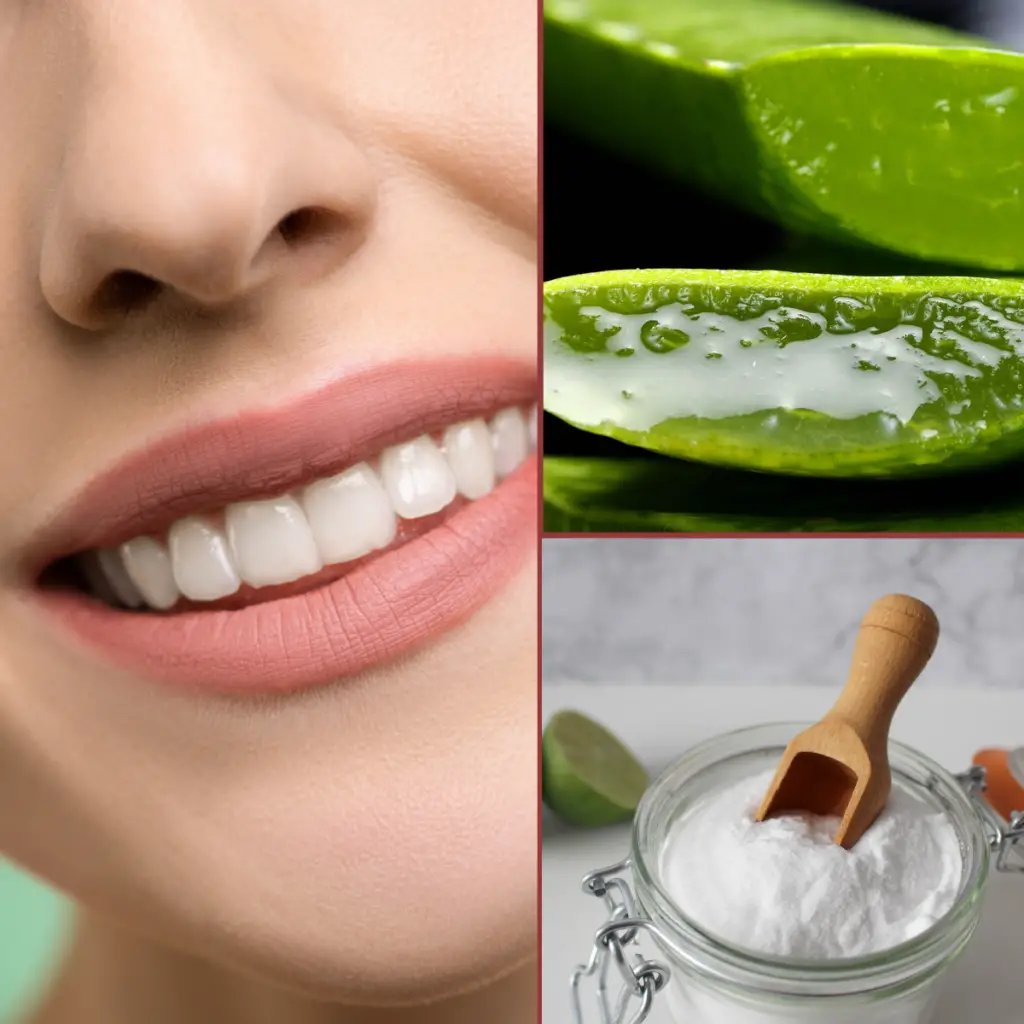What Are Headaches and What Are Migraines?
We all know what headaches are, but many people confuse them with migraines. Although they’re almost the same, they’re not 100% identical. They all fall under the umbrella term headache disorder. Headaches are more common while migraines affect fewer people and usually last for life.
Headaches vary in frequency and intensity and usually cause pain in the neck and face. When it comes to migraines, they can cause pain accompanied by other symptoms. To help you understand the difference between them easier, we’re going to go down into detail.
Primary and Secondary Headaches
Experts have separated headaches into primary and secondary types.
The primary types include:
- Tension-type headaches
- Cluster headaches
- Hemicrania
Secondary headaches usually come as a result of chronic medical conditions.
Some of these include:
- Inflammation
- Stroke
- Brain tumors
- Sleep disorders
- Leaking spinal fluid
- Seizures
- Physical deformations of the neck, spine, and head
Tension Headaches
These headaches are the most common type and affect over 42% of the world’s population. They cause intense pain around the head and can be episodic or chronic. In most cases, they are caused by stress, poor posture, anxiety and depression, hunger, lack of sleep, sleep apnea, arthritis, etc.
Cluster Headaches
Cluster headaches are more painful and serious than their counterparts. They usually come accompanied by many symptoms and can last for weeks. They are more common in males than females. The symptoms of cluster headaches such as migraines include:
- Excessive sweating
- Red and watery eyes
- Heart rate changes
- Anxiety
- Congestion
- Severe pain in one side of the head
Hemicrania
These headaches are quite persistent and come with a varying degree of severity. They ‘attack’ one side of the head in general and may cause nausea and vomiting and other symptoms common for cluster headaches.
Headaches and Migraines Treatment
The treatment of these painful conditions usually involves painkillers or some other drugs. It all depends on the trigger behind them, but prescription meds such as beta-blockers, triptans, aspirin, and ibuprofen are most often prescribed.
In severe cases of migraines, a doctor might prescribe anti-seizure meds, botulinum Toxin A injections, and antidepressants. If your migraines are quite painful and you also experience other symptoms, you should definitely see a doctor about it.
The good news is that there are several natural remedies and quick ‘fixes’ that can help treat the problem at least temporarily.
Simple Headache and Migraines Fixes
Reduce Your Stress Levels
This is one of the simplest and most effective solutions for both problems. Try to relieve stress in any way you can. For example, find a relaxing hobby or just go for Netflix & chill. Do whatever relaxes you and you’ll stop suffering from headaches and migraines again.
Shades Might Help
If your migraine is accompanied by sensitivity to light, slipping on shades might work. Alternatively, you can turn off the lights and enjoy the silence and darkness if you’re home. If you must work, though, shades are your perfect company outside.
Cool Packs
A cool pack on your neck could help soothe down the pain. It can be anything from frozen food wrapped in cloth to special migraine ice packs. It will help slow down the circulation to the affected area and possibly reduce the pain.
Pinch Your Hand
You might have heard about this and guess what? It really works. Pinch the fleshy part between the thumb and wrist finger hard and try to find a sore spot. This should help you deal with the pain at least until you go to a doctor.
Aromatherapy
Many people have had great success in the fight against headaches with aromatherapy. There are no side-effects so you might as well give it a try. Peppermint and lavender oils can help you dial down the pain. Rub a bit on your wrist and inhale it any time you can’t bear the pain. Dandelion tea or oil has been known to help relieve pain as well.
Alternatively, here’s a simple remedy that might help with the pain. Take 2 teaspoons of Himalayan salt and squeeze two lemons in, adding a bit of lemon zest as well. Add a glass of water to the mix and stir well until the salt dissolves. Drink this mix and the pain should go away in minutes.








